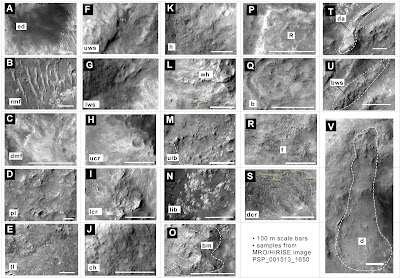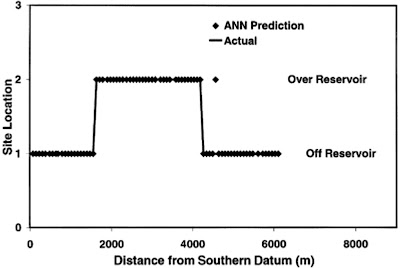In regions where rocks are exposed at he surface, geological studies based on these
surface outcrops can be of value in predicting sub-surface geology. Analysis of this
information can provided can sometimes be extrapolated to anticipate geology in other
locations not accessible for observation and analysis. The major sources of surface
geological information are:
i) Field Reconnaissance
ii) Aerial Surveys
iii) Satellite Surveys
iv) Surface Geochemical Analysis
Field Reconnaissance
This involves observation and sample collection of surface geological exposures. In some
regions, surface geological outcrops imply sub-surface geological characteristics. This
surface observation might provide an indication of the sequence of geological events,
which led to this surface geology. Geological properties such as strike and dip of
sedimentary beds, faults unconformities or other geologic exposures may be of major
importance in anticipating subsurface geology. The strike is the compass direction of a
horizontal line drawn in the plane under consideration. The dip is the angle between a
horizontal plane and a line drawn in the plane under consideration, perpendicular to the
intersection of the horizontal plane and the plane under consideration.
Aerial surveys
More recently, satellite surveys might provide the same type of information as that by
field reconnaissance, except over large regions. Extensive geologic information of
importance in defining sub-surface geology has been gathered by such surveys as landsat
survey, infra-red photography, radar photography and other sophisticated technologies.
Surface Geochemical Analysis
This can provide indicates of the presence of sub-surface hydrocarbon reservoirs. Many
scientists speculate that all sub-surface hydrocarbon reservoirs give surface chemical
indications of their presence. The simplest example is the surface seep, where
hydrocarbon is actually escaping or seeping to the surface and being dissipated, in
geologic time, into the environment. The conclusion can therefore be drawn that this
surface hydrocarbon must be originating from sub-surface reservoirs.



No comments:
Post a Comment